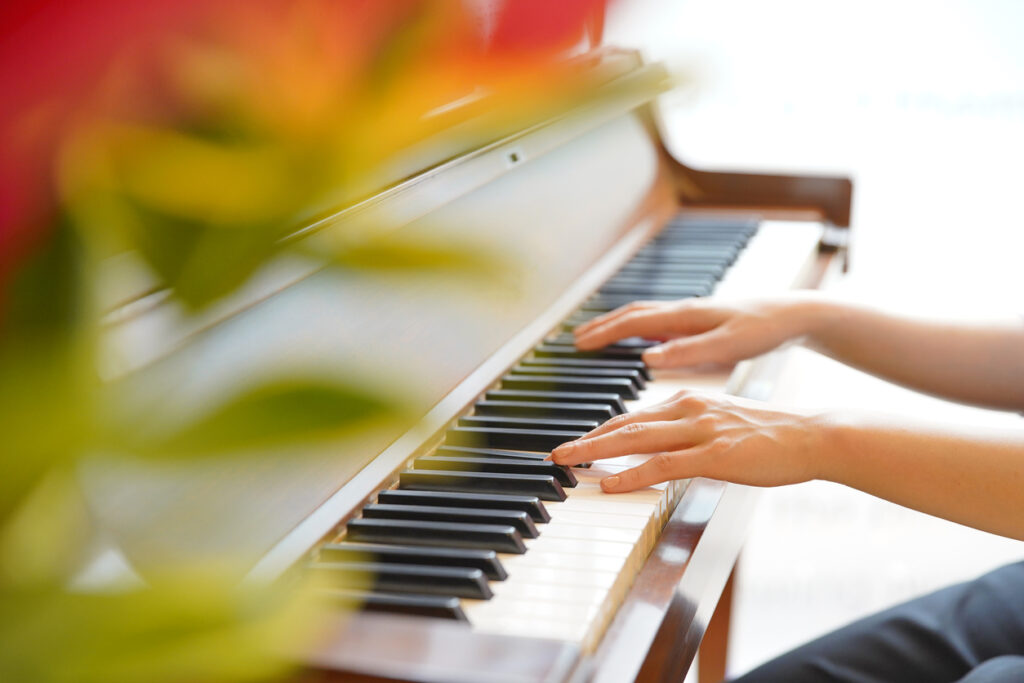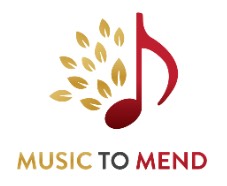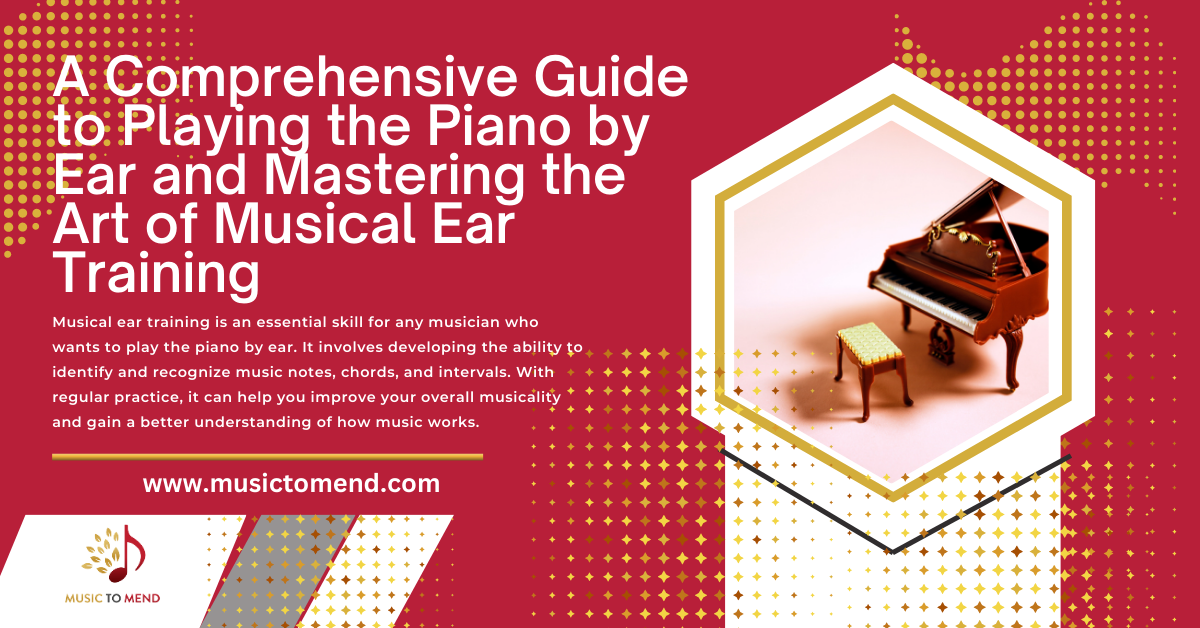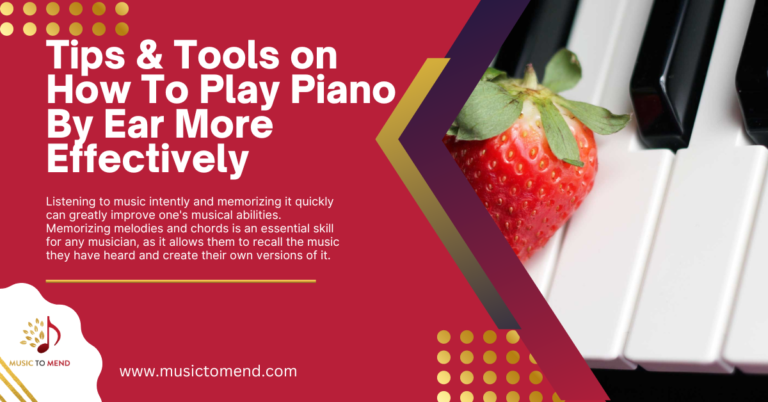A Comprehensive Guide to Playing the Piano by Ear and Mastering the Art of Musical Ear Training

What is Musical Ear Training & How Can it Help You Play the Piano by Ear?
Musical ear training is an essential skill for any musician who wants to play the piano by ear. It involves developing the ability to identify and recognize music notes, chords, and intervals. With regular practice, it can help you improve your overall musicality and gain a better understanding of how music works.
By learning how to listen and identify musical elements, you can develop your own unique style of playing the piano by ear. Through consistent practice, you will be able to pick up on subtle nuances in the music that other musicians might miss. Ear training also helps in memorizing songs quickly and accurately without relying on sheet music or other aids.
How to Train Your Ears To Recognize Pitch & Tone When Playing Piano by Ear
Learning to play the piano by ear is an invaluable skill that can help you become a better musician. With practice and dedication, you can train your ears to recognize pitch and tone when playing the piano. This will help you identify music notes on the piano and create beautiful compositions.
By listening carefully to each note, you can learn how to distinguish between different pitches and tones. You can also use techniques such as singing along with the music or playing scales in order to further develop your note recognition skills. Additionally, there are various tools available online that can help you practice recognizing notes on the piano more efficiently. With enough practice and dedication, you’ll be able to master this skill in no time!
Developing Your “Musical Memory” Through Repetition & Memorization When Playing By Ear
Developing your “musical memory” is essential for playing by ear. It involves memorizing songs on the piano and practicing to recognize notes quickly. Through repetition and memorization, you can develop the ability to recall melodies over time. This helps you to play by ear with ease, as you can recognize and remember patterns in music that you have heard before. With practice, your musical memory will improve and you will be able to play any song without needing sheet music or a chord chart.
Learning Chords & Progressions with Ease When Playing By Ear
Learning chords and progressions on the piano can be a daunting task for many musicians. It requires the ability to identify and play chords by ear, as well as having a good understanding of music theory. Fortunately, there are many tools available to help you master these skills with ease. From online tutorials to interactive learning apps, you can quickly learn how to play chord progressions on the piano and master them when playing by ear. With these tools, you can quickly become an expert in playing by ear and make beautiful music with ease.
I hope you have an open mind about learning to play the piano by ear. Being able to sit at the piano and create your own unique song can be incredibly satisfying.
Until next time, happy music-playing,
Bea







